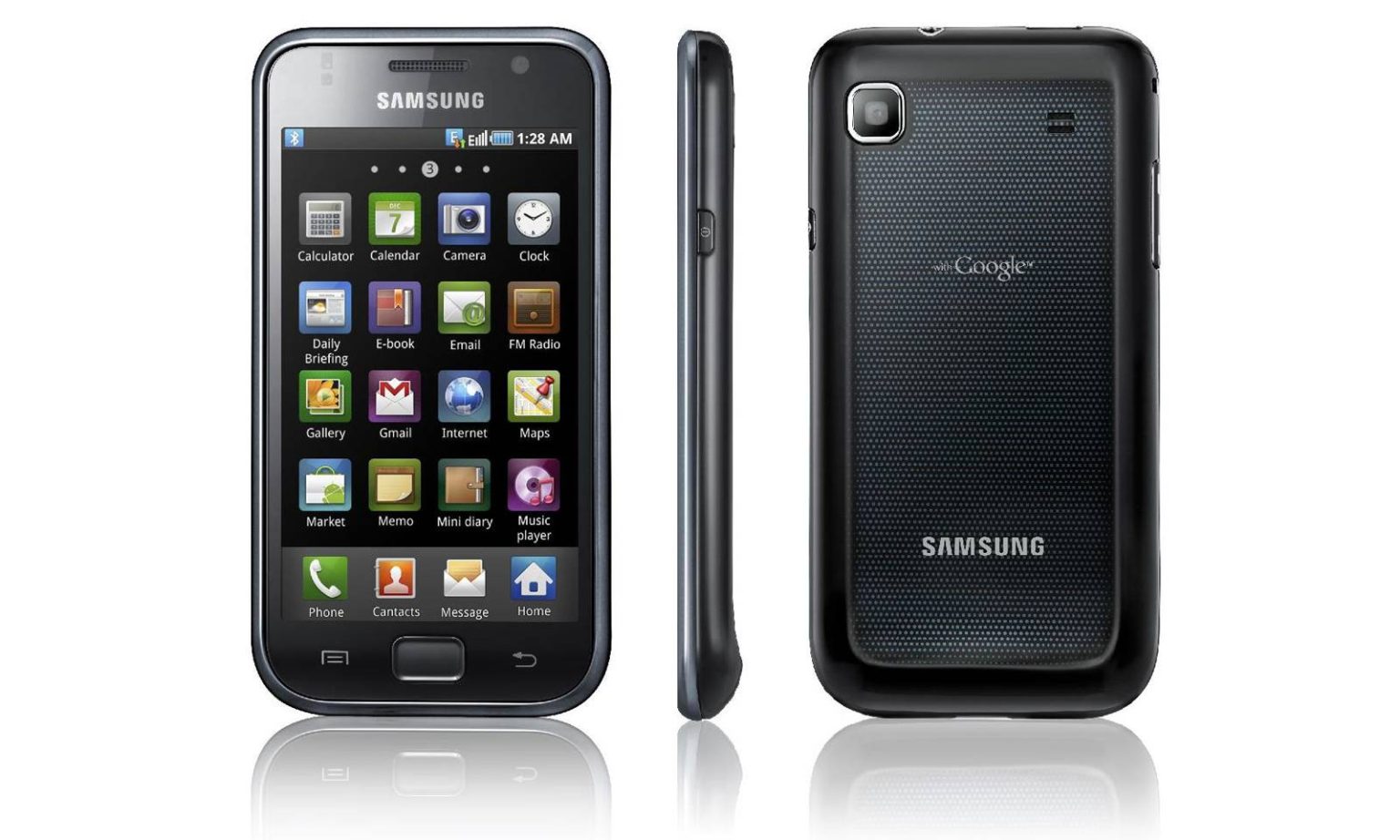Android is one of the two biggest mobile platforms in the world, competing with Apple’s iOS for the top spot. However, their journey to the top wasn’t so simple. They faced much adversity and had to innovate the phone market to get their name heard. We want to celebrate their journey by outlining some of their most significant innovations, which served as great steppingstones to their current-day stature.
Introducing Droid
After phone releases in partnership with giants HTC, Motorola, and Samsung, Android then landed a partnership with Verizon. They were then struggling to find a phone to compete with Apple’s iPhone. In the late 2000s, joining forces with Lucasfilm and Motorola, Android and Verizon came up with the Droid, a new phone released in October 2009 with the infamous Android 2.0 Éclair OS.
Verizon’s marketing campaigns positioned Droid against the iPhone by highlighting its ability to multitask and its innovative voice search capability. The Droid’s association with Star Wars brought instant brand awareness, and it quickly became the most popular Android phone to be released at that point.
Striking it Big with Samsung
Back in 2010, Google has just released its Nexus line of phones, which, unlike most rivals, could be purchased online.
However, the year’s most significant breakthrough was the release of the Samsung Galaxy S. The phone presented Samsung’s SuperAMOLED display and a 1 GHz Hummingbird processor, the predecessor of the beloved Exynos. Samsung then also announced the first Android tablet on the market, the Galaxy Tab, to compete with Apple’s iPad. This then set the stage for the 2011 release of the Galaxy Note, which brought Android into the tablet market.
The Galaxy series drove Android into the upper echelons of the smartphone market alongside the iPhone. Samsung quickly became the dominant Android phone brand on the market. Constant improvements to the Galaxy series’ display screen, user interface, processor, camera, and mobile payment capability steadily pushed the lineup to the forefront of the market, where it still remains today — with one of the S8’s main selling points being the ability to pay for stuff using the phone by entering your card details into your digital wallet. This mobile payment function could also be used to make digital purchases, whether that be to purchase a new jacket or whether you wanted to play casino games on phone bill, Samsung and Android made everything possible.
Apple picked up this innovation in their resulting iOS update; now, mobile payments are a must on any smartphone in 2020, thanks to Android and Samsung.
Expanding into the Internet
Meanwhile, Android’s digital empire continued to expand into 2013, where Android laptops, smartwatches, and digital media players were announced and released. In 2014, Android began dipping their toes in Chromebooks, TVs, and even cars.
Several Android brands, including Samsung, began innovating on their own and adding radical new features to their modified version of the Android release. For instance, Enhanced IoT integration for connecting with smart home appliances and the Bixby voice assistant to compete with the ever-popular Siri were some of the USPs of Samsung’s 2017 Galaxy S8 flagship phones.
Fast forward to today, Android now stands at the helm of the technological world with a whopping 87 percent smartphone market share and running in over 2.5 billion devices across the world.




